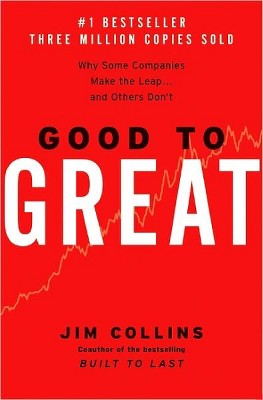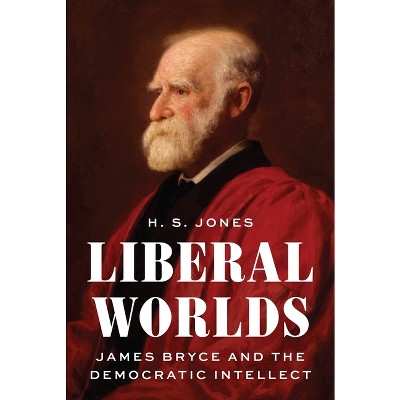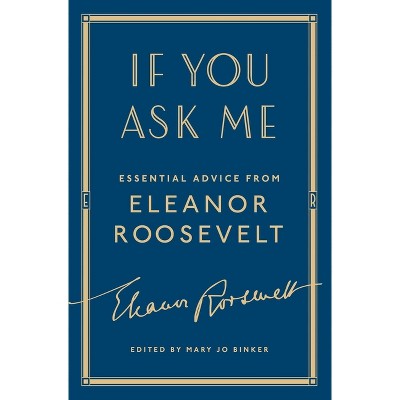Sponsored

Growing Up in Twentieth-Century America - (367) by Elliott West & W E West (Hardcover)
In Stock
Sponsored
About this item
Highlights
- We cannot understand the United States in the twentieth century, the century of the child, without understanding the prominent part that children and adolescents have played in the American story.
- About the Author: ELLIOTT WEST is Professor of History at the University of Arkansas in Fayetteville.
- 400 Pages
- Social Science, Women's Studies
- Series Name: 367
Description
About the Book
We cannot understand the United States in the twentieth century, the century of the child, without understanding the prominent part that children and adolescents have played in the American story. Much has changed for young people during this century and this is the first work to illuminate those developments from the turn of the century to today. Rich in detail, this work tells the story, often through the words of children themselves, of young people not only as part of the broader changes that have swept American life but as initiators of change in our everyday life, work and play, institutions and values. No other book has done this.
As a reference tool the work is divided into four chronological chapters, 1900-1920, 1921-1940, 1941-1960, and 1960 to the present. Each chapter contains six sections, At Home, At Play, At Work, At School, Health, and Children and the Law. From the teddy bear to the Barbie doll; from child labor in sweatshops to teenage workers in McDonald's; from the one-room schoolhouse to the SATS, from childhood scourges to the eradication of many childhood diseases, each chapter offers copious detail and fascinating narrative about children's lives. The reader can learn about all the topics in a particular era or focus on one topic and follow it through the decades. The many tables and statistics will aid the reader and researcher. Each chapter concludes with a narrative bibliography of recommended works of interest on the topics discussed. A selection of photos complements the text. This work will be invaluable to social studies and American history classes and teachers, high school and public libraries, and students of American social history.
Book Synopsis
We cannot understand the United States in the twentieth century, the century of the child, without understanding the prominent part that children and adolescents have played in the American story. Much has changed for young people during this century and this is the first work to illuminate those developments from the turn of the century to today. Rich in detail, this work tells the story, often through the words of children themselves, of young people not only as part of the broader changes that have swept American life but as initiators of change in our everyday life, work and play, institutions and values. No other book has done this.
As a reference tool the work is divided into four chronological chapters, 1900-1920, 1921-1940, 1941-1960, and 1960 to the present. Each chapter contains six sections, At Home, At Play, At Work, At School, Health, and Children and the Law. From the teddy bear to the Barbie doll; from child labor in sweatshops to teenage workers in McDonald's; from the one-room schoolhouse to the SATS, from childhood scourges to the eradication of many childhood diseases, each chapter offers copious detail and fascinating narrative about children's lives. The reader can learn about all the topics in a particular era or focus on one topic and follow it through the decades. The many tables and statistics will aid the reader and researcher. Each chapter concludes with a narrative bibliography of recommended works of interest on the topics discussed. A selection of photos complements the text. This work will be invaluable to social studies and American history classes and teachers, high school and public libraries, and students of American social history.From the Back Cover
We cannot understand the United States in the twentieth century, the "century of the child", without understanding the prominent part that children and adolescents have played in the American story. Much has changed for young people during this century, and this is the first work to examine those developments from the turn of the century to today. Designed to be a ready-reference tool, the work is divided into four chronological chapters - 1900 to 1920, 1921 to 1940, 1941 to 1960, and 1961 to the present - and each chapter contains six sections: at home, at play, at work, at school, health, and children and the law. Each chapter offers copious detail and fascinating narrative about children's lives. The reader can learn about all of the topics in a particular era or focus on one topic and follow it through the decades. Topics discussed range from events of historical significance to cultural fads: from the teddy bear to the Barbie doll, from child labor in sweatshops to teenage workers at McDonald's, from the one-room schoolhouse to the SATs, and from childhood scourges to the eradication of many childhood diseases. Growing Up in Twentieth-Century America will be invaluable to social studies and American history teachers, librarians, and students. The many tables and statistics included in the book will aid the reader and researcher. Each chapter concludes with a narrative bibliography of recommended works of interest on the topics discussed, and a selection of photos complement the text.Review Quotes
?[P]rovides a competent overview of the history of American children since 1900. It is well researched and reads easily so as to be reliable and accessible to interested scholars of various specialities and disciplines, as well as to secondary school social studies teachers.?-Social History
?For any subsequent editions of West's remarkable rich and thoughtful synthesis of 20th-century American culture, a new subtitle should be found. Yes, this is a 'history and a reference guide'--the bibliographic essays alone are worth the price--but it is also one of the most readable, accessible, and thoughtful social histories currently available. This work is insightfully organized around recurring familial themes and changes affecting home, play, work, school, health, and the law. West cleverly interweaves fascinating historical marginalia...around fundamental technological and social forces that continue to transform child labor in a service economy, demonstrate the financial hegemony of the 50-something baby boomer population, and further exacerbate the atomization and exclusivity of American life. The latter is powerfully demonstrated by comparing the purposes and participants of early 20th-century Coney Island with those of Walt Disney World. For Americans of a certain age, the differences are stark and revealing.?-Choice
?The user who is researching a given time period will find all of the information in one place. The one who is investigating a certain aspect, such as education, will easily be able to do so by referring to the section of each chapter devoted to it....This book, based on many authoritative texts, will provide valuable data for many assignments....Recommended.?-The Book Report
"ÝP¨rovides a competent overview of the history of American children since 1900. It is well researched and reads easily so as to be reliable and accessible to interested scholars of various specialities and disciplines, as well as to secondary school social studies teachers."-Social History
"[P]rovides a competent overview of the history of American children since 1900. It is well researched and reads easily so as to be reliable and accessible to interested scholars of various specialities and disciplines, as well as to secondary school social studies teachers."-Social History
"The user who is researching a given time period will find all of the information in one place. The one who is investigating a certain aspect, such as education, will easily be able to do so by referring to the section of each chapter devoted to it....This book, based on many authoritative texts, will provide valuable data for many assignments....Recommended."-The Book Report
"For any subsequent editions of West's remarkable rich and thoughtful synthesis of 20th-century American culture, a new subtitle should be found. Yes, this is a 'history and a reference guide'--the bibliographic essays alone are worth the price--but it is also one of the most readable, accessible, and thoughtful social histories currently available. This work is insightfully organized around recurring familial themes and changes affecting home, play, work, school, health, and the law. West cleverly interweaves fascinating historical marginalia...around fundamental technological and social forces that continue to transform child labor in a service economy, demonstrate the financial hegemony of the 50-something baby boomer population, and further exacerbate the atomization and exclusivity of American life. The latter is powerfully demonstrated by comparing the purposes and participants of early 20th-century Coney Island with those of Walt Disney World. For Americans of a certain age, the differences are stark and revealing."-Choice
About the Author
ELLIOTT WEST is Professor of History at the University of Arkansas in Fayetteville. He is the author of Growing Up With The Country, Childhood on the Far-Western Frontier (1989) and co-editor of Small Worlds: Children and Adolescents in America 1850-1960 (1992).Shipping details
Return details
Frequently bought together


Trending Social Science Books






Discover more options









